

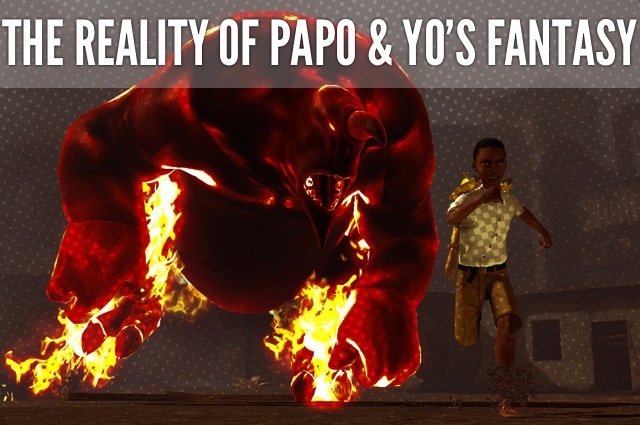
In showing, through visual and gameplay metaphors, how young Quico deals with his relationship with his alcoholic, abusive father, Papo & Yo brings a very personal story to life, and offers players a new way of understanding that story. But in choosing to set this story in a Latin American shantytown, Papo & Yo also offers a perspective on places like these that’s different from how we’ve seen them in many other games.
Papo & Yo’s landscape is a mixed breed, an amalgamation of these places in Latin American cities where the poor build their own towns out of whatever they can get.The geographical location of Papo & Yo’s shantytown dreamscape is left vague. The favelas of Brazil are probably the environment of this kind that most players are familiar with, but being a Brazilian word, favela is too specific a term to use for Papo & Yo’s shantytown. The game’s creative director, Vander Caballero, has talked in interviews about being inspired by the slums he saw growing up in Colombia’s capital city, Bogota, where such shantytowns are referred to as barrios, a Spanish word simply referring to a neighbourhood when used in a broader sense. But the game’s spaces also feature graffiti reproduced from real pieces painted on walls in Santiago, Chile, and Sao Paulo, Brazil. Even the language the game’s characters speak is an invented language that sounds like a mix of the various languages spoken across Latin America. So it seems clear that Papo & Yo’s landscape is a mixed breed, an amalgamation of these places in Latin American cities where the poor build their own towns out of whatever they can get.
But in this abstract amalgamation, Papo & Yo represents these sorts of spaces in a way that is more true to their spirit than other games that explicitly identify their spaces with Brazil’s favelas are. Games like Max Payne 3 and Modern Warfare 2 feature levels based around the favelas of Sao Paulo and Rio de Janeiro respectively, but always just as another arena for gunplay. Modern Warfare 2 and Max Payne 3’s favela sections aren’t even really about the favela specifically, despite the claims they make by specifying the geographical location of these levels. They focus on the slums simply as window-dressing for the same kind of gameplay you find throughout the rest of these games. Sure, the favela levels might be less uniform visually and geometrically, but that doesn’t change the way you play them. There’s still the good guys and the bad guys, with maybe some non-combatants you’ll be penalised (or not) for shooting, scattered around the place. You navigate the area as best you can, shoot the bad guys, avoid shooting non-combatants (or not), and get to the end. The way players engage with the favela is simple, static and clearcut.
The reality of life in the favela or barrio is not defined simply by the geometry of streets and buildings.Papo & Yo presents its shantytown space as one where things are a little more fuzzy in how players can engage with it. To progress through the game, the player must manipulate the game’s environments, moving houses, stacking and bending buildings, creating streets out of alley-ways. Quico travels across rooftops, through drain pipes, and floats on invisible platforms. Obviously this isn’t a literal representation of the reality of living in a favela or barrio. The environments of Papo & Yo are as much metaphors as Monster and the frogs that turn him into a raging beast are. Just as the dynamic between Quico and Monster represents the relationship between a child and an abusive parent, the way Quico engages with the game’s environment represents the way inhabitants of Latin American slums - especially children - engage with the spaces where they live.
Showing the perspective of someone who actually lives in a favela or barrio is where Papo & Yo’s landscapes really differ from the perspective that Modern Warfare 2 and Max Payne show, where the player is an outsider dealing with a hostile and confusing environment. As shooter levels, the favelas are reduced to their irregular geometry and patchwork textures, rather than being places where real human beings live and work and play. The reality of life in the favela or barrio is not defined simply by the geometry of streets and buildings. A clear street in the hillsides above Medellín, Colombia, may be crossed by the invisible boundary that marks a gang’s territory. Step over that line and you’re dead. Narrow alley-ways may become vital thoroughfares, as they do when Papo & Yo requires players to open them up to let Monster pass through. And in the patchwork of regulations that govern slums existing in the gaps of the law, buildings might spring up overnight, or be demolished suddenly. It’s easy to see how all of this might seem nonsensical or magical to children who witness these changes to their world.
Papo & Yo presents players with spaces that are recognisably something like the favelas and barrios of Latin America’s poorer urban environments, but which operate on dream-logic, and change in fantastic ways. This gives players a real insight into what it’s really like for children growing up in places like these. In doing so, Papo & Yo manages to use its unreal collage of real-world Latin American shantytowns to do something that games that make big claims to realism and authenticity don’t even seem like they’re trying to do: show players the reality of these spaces as experienced by people who actually live there.
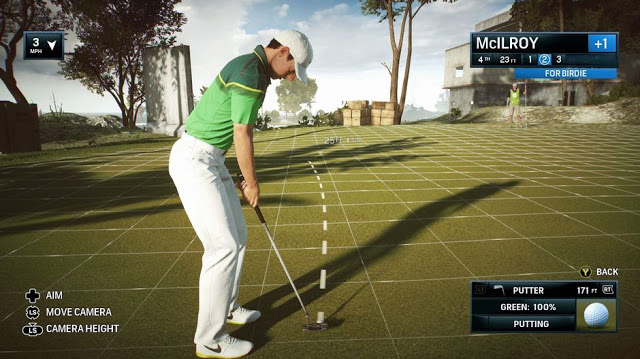

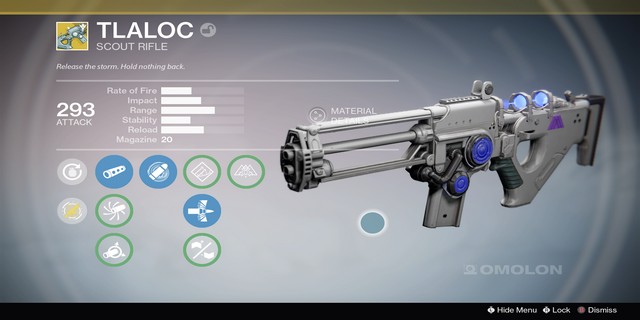

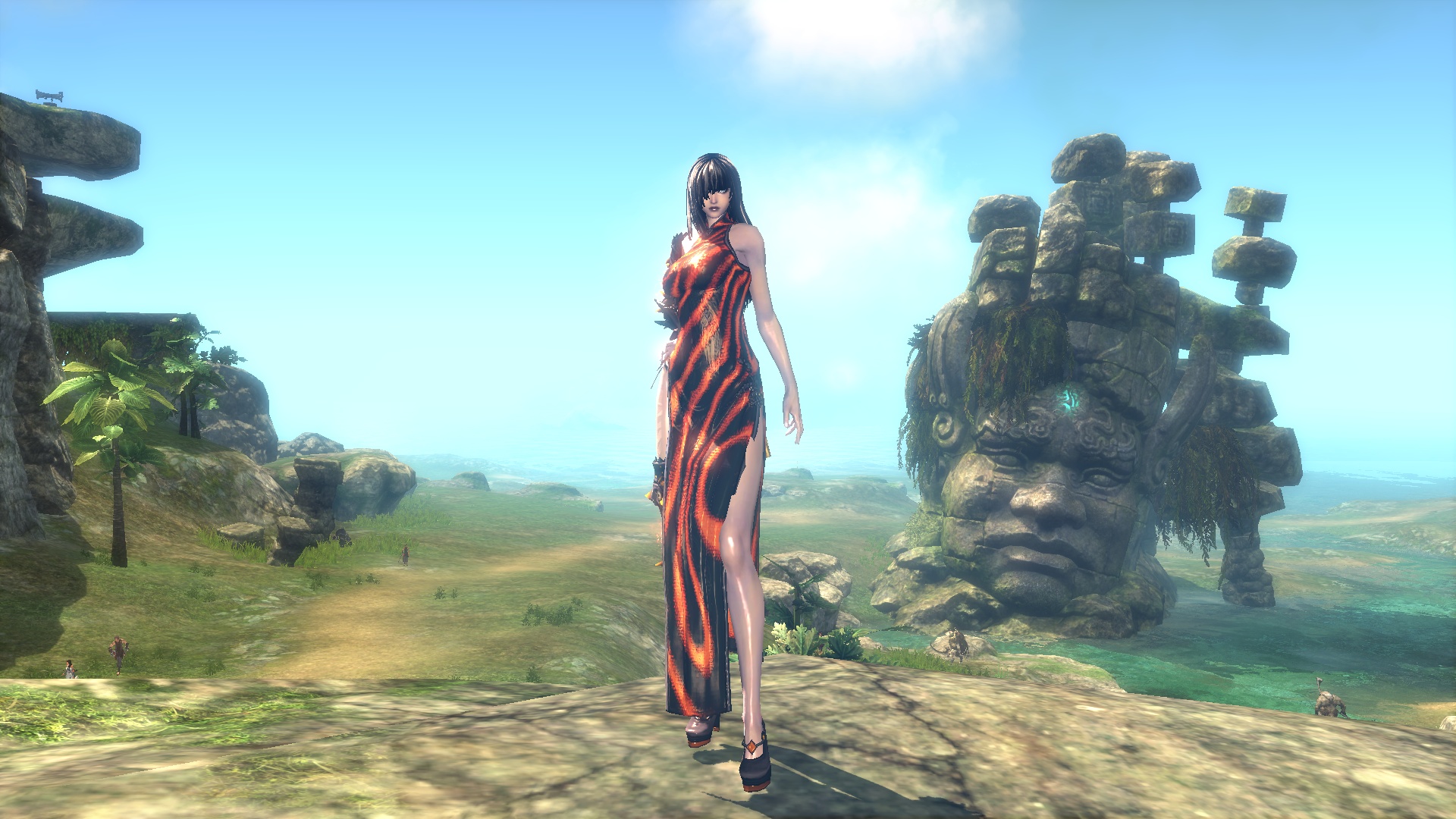 Blade&Soul Guide: How to Get the Red Specter
Blade&Soul Guide: How to Get the Red Specter 6 Project Management Tips You Can Use to Organize Your Life
6 Project Management Tips You Can Use to Organize Your Life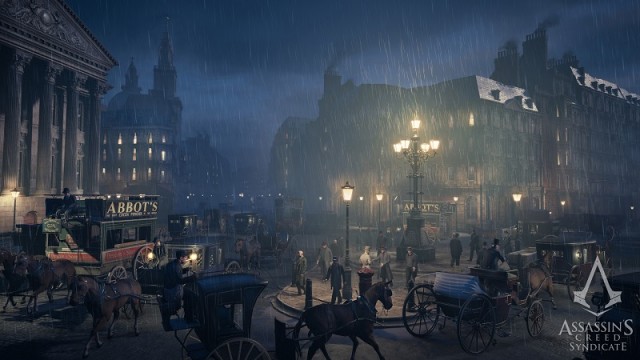 Sequence 4 - Cable News and On the Origin of Syrup: Assassin's Creed: Syndicate Walkthrough
Sequence 4 - Cable News and On the Origin of Syrup: Assassin's Creed: Syndicate Walkthrough How to Turn OFF PS VITA Parental Control Locking
How to Turn OFF PS VITA Parental Control Locking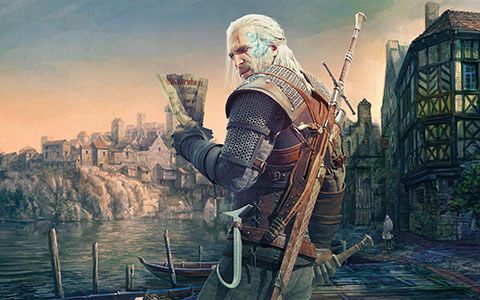 Witcher Seasonings - The Witcher 3 DLC Hearts of Stone Guide
Witcher Seasonings - The Witcher 3 DLC Hearts of Stone Guide